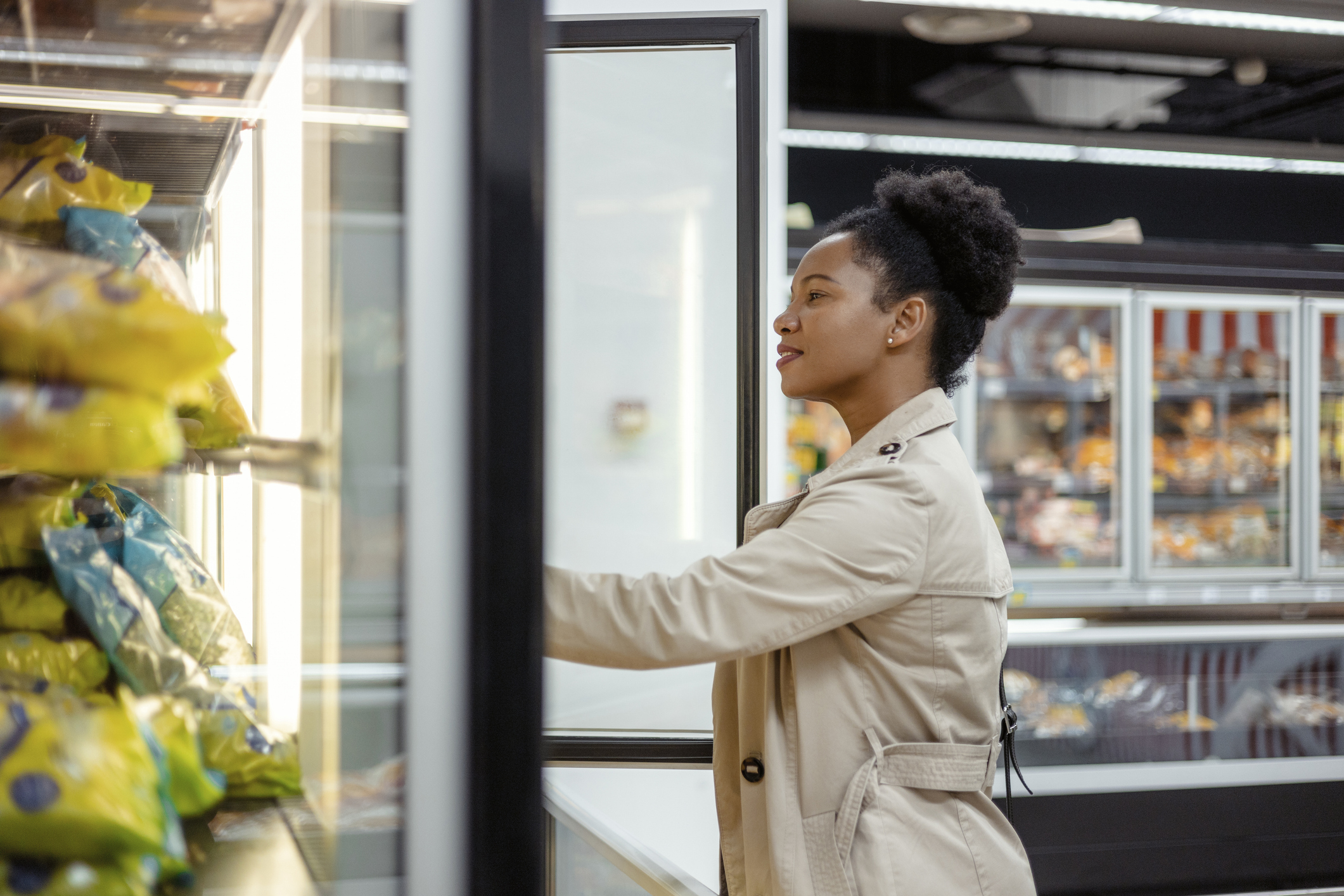Access to healthy food options is imperative for everyone, but in the U.S., food diversity is not a universal right. Black communities around the country are often food deserts or areas where access to healthy food is limited, the National Resources Defense Council reported. The statistics are alarming. According to USDA, in 2022, nearly 9 million Black people did not have access to the food they needed to lead a happy, healthy life, and one in three Black children lived in food-insecure households. According to Bread for the World, access to nutritious foods impacts Black households three times the rate of their white counterparts. It’s undeniable that food insecurity is an issue uniquely impacting Black Americans, but why? Read on for an in-depth look at why America’s food security problem disproportionately affects Black people and how you can help.
Why is food insecurity so prevalent in Black communities?
The reason why Black communities especially endure food insecurity is complicated and multi-layered. According to a report, there is a long-standing relationship between discrimination, structural racism and health sciences, an industry that has often neglected Black and brown communities. Black health is not prioritized in the health industry; that standard trickles down into the healthy food space.
Plus, discrimination in general has significantly impacted Black people’s access to employment, housing and other resources, making their communities extraordinarily at risk for food insecurity, Feeding America reported. Because of discrimination and structural racism, Black people aren’t afforded the same employment opportunities as their white counterparts. Healthy food is typically pricier and only accessible for middle to upper-tax bracket individuals.
Supermarket and convenience store culture also play a role in food insecurity prevalent in Black communities. Supermarket redlining, which Sentient Media defines as “the disinclination of supermarket giants and companies to serve low-income communities,” first began in the 1940s, when the federal Home Owners Land Corporation started to color code neighborhoods to determine lending risk. Because Black communities faced loan and mortgage restrictions at the time, they were often deemed areas not worth investing in. That categorization and subsequent redlining continue to impact the Black community negatively, making them more barren when it comes to food businesses.
How we can help fix it
Food insecurity’s prevalence in the Black community may seem like an impossible issue, but there is a light at the end of the tunnel. The government has initiated programs to help the problem, like the Women, Infants and Children and Supplemental Nutrition Assistance Programs, to help people in lower-income neighborhoods access healthier foods. Still, there’s more to do to ensure Black people around the county, no matter their socioeconomic background, can eat and be healthy. Continuing to modernize and tailor those programs is crucial. A report also recommends food security advocates and researchers take a more holistic approach to eliminating food insecurity, taking into account the structural racism and discrimination that exacerbates the issue in Black communities.
For those outside the food security advocacy space, the best way to contribute to efforts to end food insecurity in Black neighborhoods is to support organizations with the same goal. Feeding America and similar organizations offer support in several ways to participate in their work. According to Poverty USA, reducing food waste can also help those who are food insecure. Poverty USA also recommends enacting policies that protect grocery store retailers from liabilities not included in the Bill Emerson Good Samaritan Food Donation Act, encouraging those stores to donate extra goods to charities and local food banks.
Food insecurity is a significant issue in the U.S. and within Black communities around the country. Solving the problem is no easy feat, but with intentional policies and programs and the involvement of those outside the food and health industries, food insecurity could be a thing of the past.

